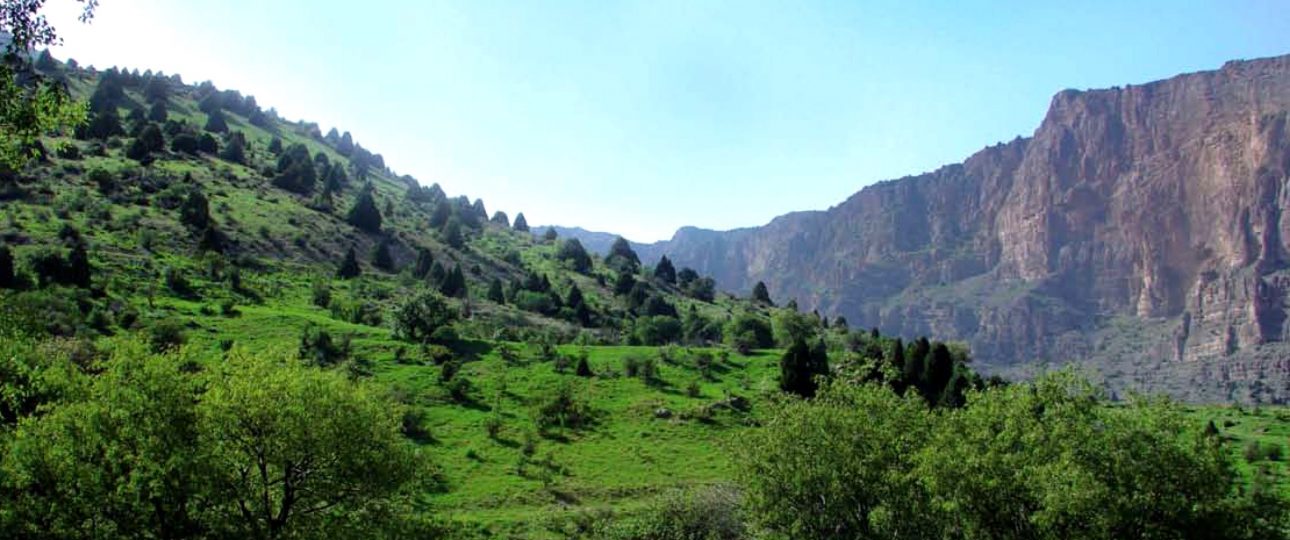Exploring Gissar Nature Reserve: A Journey Through Uzbekistan’s Wilderness
Location and Overview
Gissar Nature Reserve is situated on the western slopes of the Hissar Range in southern Uzbekistan, near the border with Tajikistan. Established in 1983, it spans an area of approximately 226,000 hectares. The reserve was formed by merging two earlier reserves: Kizilsuyskiy, known for its juniper forests, and Mirakinskiy, which protects the upper mountain reaches and the Severtzov glacier. The reserve’s altitudes range from 1,750 to 4,349 meters above sea level, offering a diverse array of landscapes.
Flora and Fauna
The biodiversity of Gissar Nature Reserve is impressive. It hosts over 1,500 species of vascular plants, including mature and open juniper forests. The reserve is a sanctuary for various wildlife, such as the elusive snow leopard, Bukhara deer, and mountain goats. Birdwatchers will find plenty to admire, with numerous bird species, including migratory ones, frequenting the area.
Natural Attractions
Among the reserve’s natural wonders is the Cave of Amir Temur, one of Central Asia’s largest caves, located at over 2,900 meters. The upper reaches of the Aksu River feature the stunning Suvtushar waterfall, while other smaller waterfalls dot the landscape. These features, combined with the reserve’s rugged mountains and lush valleys, create a captivating environment for exploration.
Best Time to Visit
Spring and autumn are the ideal times to visit Gissar Nature Reserve. During these seasons, the weather is mild, making it perfect for hiking and photography. Spring brings vibrant blooms, while autumn offers a tapestry of red, orange, and gold hues. Be prepared for harsh winters with heavy snowfall and hot summers that can make outdoor activities challenging.
Getting There
The nearest major city is Tashkent, Uzbekistan’s capital, which is well-connected internationally. From Tashkent, you can travel by road to the reserve. Although there are no direct flights to the reserve, the journey by car or bus offers scenic views of Uzbekistan’s countryside. Note that the reserve is not directly accessible from Dushanbe, Tajikistan, despite its proximity.
Local Transportation
Once at the reserve, the primary modes of transportation are hiking and horseback riding. Trails crisscross the area, allowing you to explore at your own pace. For those who prefer cycling, renting a bicycle is an option, providing a balance between covering distance and enjoying the scenery.
Accommodation and Facilities
While the reserve is known for its natural beauty, it offers several accommodation options. Eco-lodges and guesthouses provide a range of choices, from basic cabins to more luxurious lodges. These accommodations typically include essential amenities like hot showers and meals made from locally sourced ingredients.
Practical Tips
- Pack suitable clothing and gear for outdoor activities, including hiking boots and rain jackets.
- Bring a reusable water bottle to stay hydrated.
- Respect the environment by sticking to designated trails and minimizing your impact.
- Consider hiring local guides to gain insights into the reserve’s ecology and conservation efforts.
- Carry a camera or binoculars to capture the landscapes and wildlife.
Gissar Nature Reserve offers a unique opportunity to experience Uzbekistan’s diverse natural landscapes. With careful planning and respect for the environment, your visit can be both rewarding and memorable.




